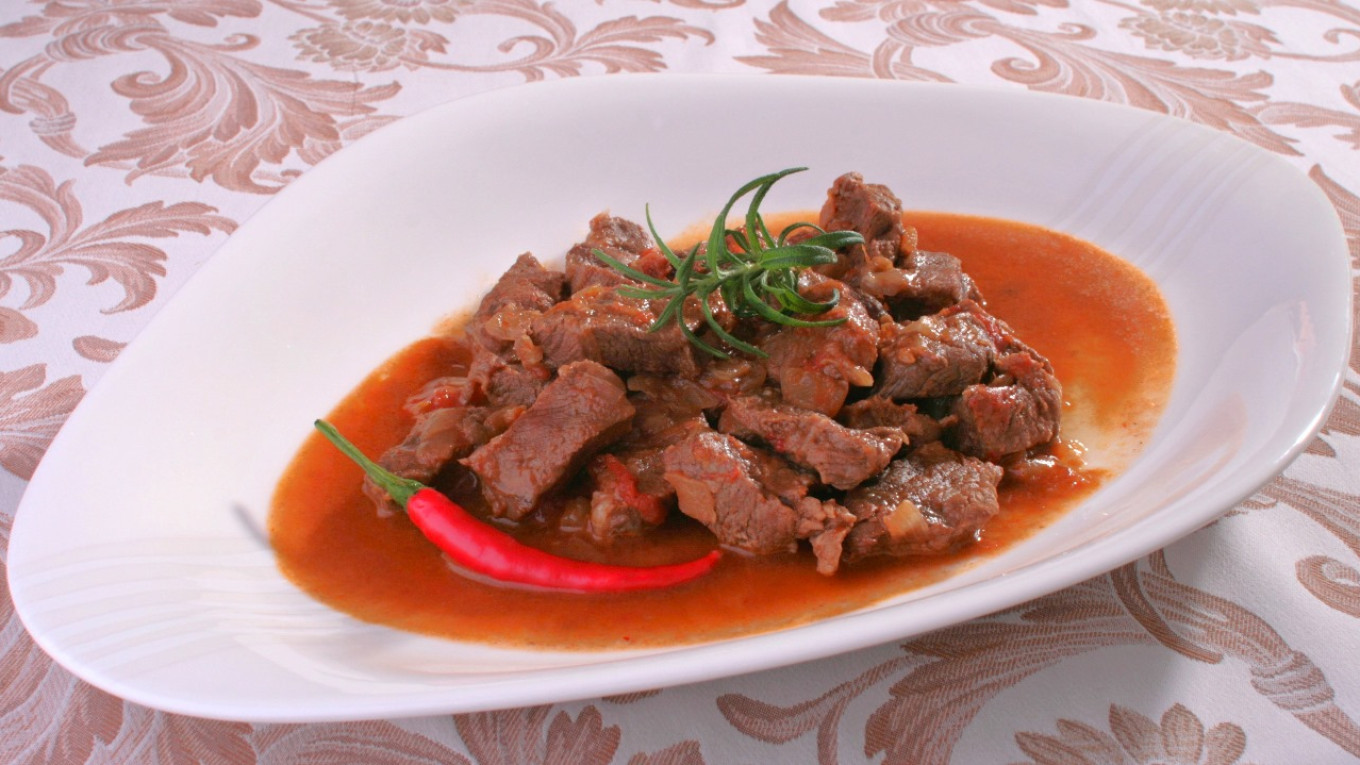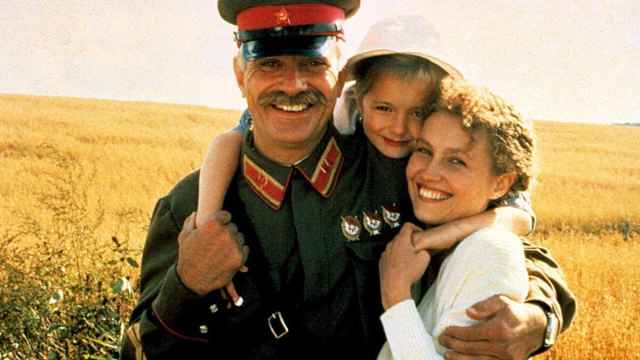Classic goulash is a soup so thick a spoon can stand up among the meat and vegetables. Eat a bowl of goulash and you won't be hungry for the rest of the day.
In Russia people will tell you that goulash is “just stewed meat with gravy” and that it’s the same thing as a ragu. And right away it's obvious that Russians were introduced to Hungarian goulash soup relatively recently. Yes, this is another culinary misconception that led to misunderstandings. What Russians call goulash is actually a Hungarian dish called pörkölt, which is, in fact, a flavorful and spicy ragu — not a soup at all.
The main course has always been the center of attention on menus in Russia. This makes perfect sense. Given the less than abundant meals of our compatriots over the decades, they tended to focus one dish — the main course — and regarded all the rest as just preludes to the main act. The main course was the the apotheosis of the meal at the Soviet table, and it represented our culinary achievements in the 20th century.
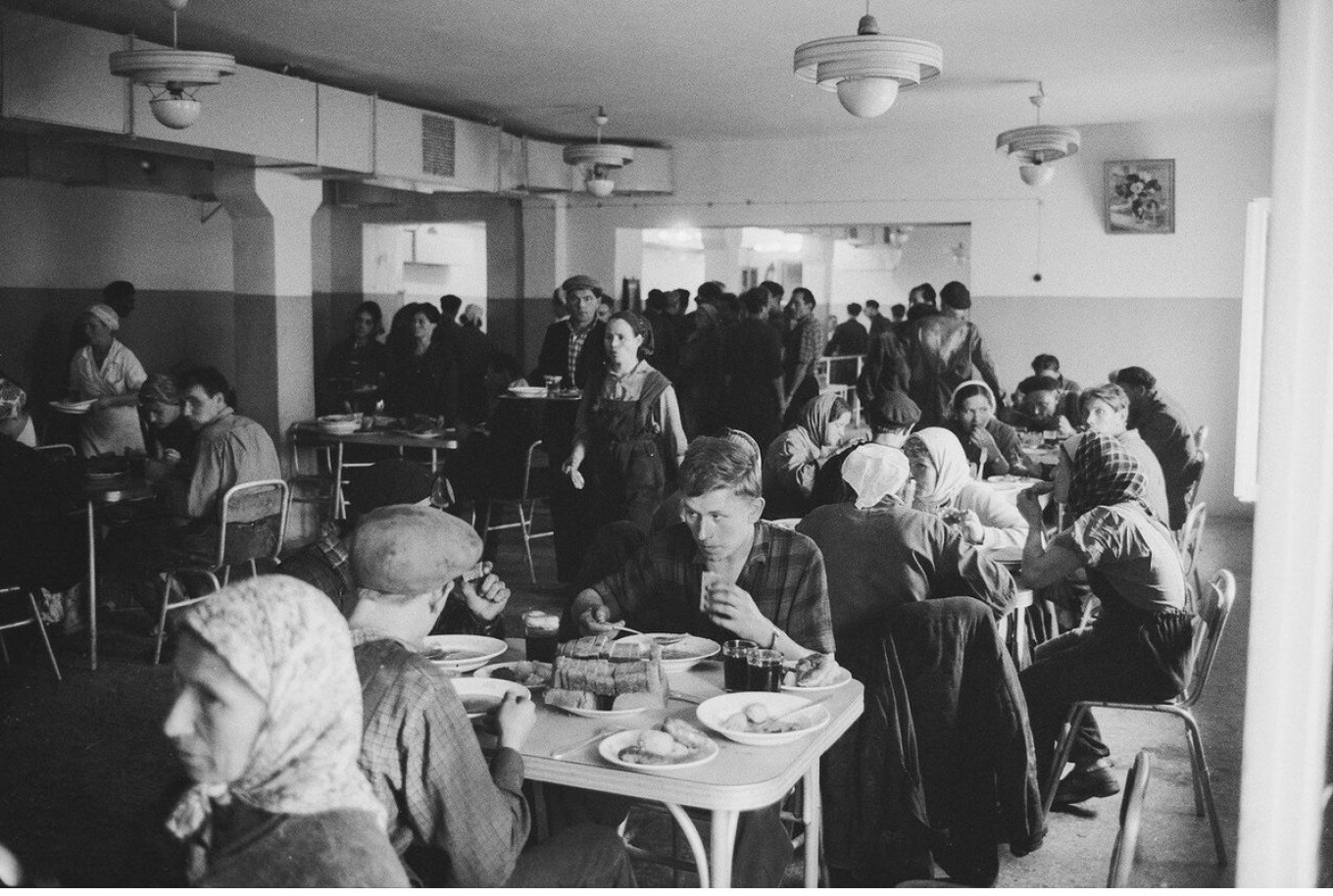
Goulash, azu (a Tatar dish of stewed sliced meat, tomatoes potatoes and vegetables); meat in sweet and sour sauce, beef Stroganoff… the list can go on and on, but the general idea is clear. In all these dishes meat is stewed — that is, what specialists call “subjected to prolonged heat treatment.” In the Soviet era, a variety of schnitzels and steaks were supposed to be an alternative to stewed meat. This kind of “natural meat” was also included on the menus of canteens and restaurants, but people were hesitant to order it. The pieces of meat were usually very tough.
Rump steak, round steak or escallops supposedly differed by which part of the animal they came from. In reality, we don't think anyone really paid attention to this. It was simply impossible to guess what was under the thick layer of sour breadcrumbs. Wait staff never asked, “How do you like your meat?” and no waiters or waitresses even knew how to ask if a customer liked his or her steak “medium, medium rare, or well done.” Even in the the most famous Soviet restaurants, no one would ask diners their preferences. They all served the same tasteless, tough meat from a cow that gave record milk yields for years before it was slaughtered.
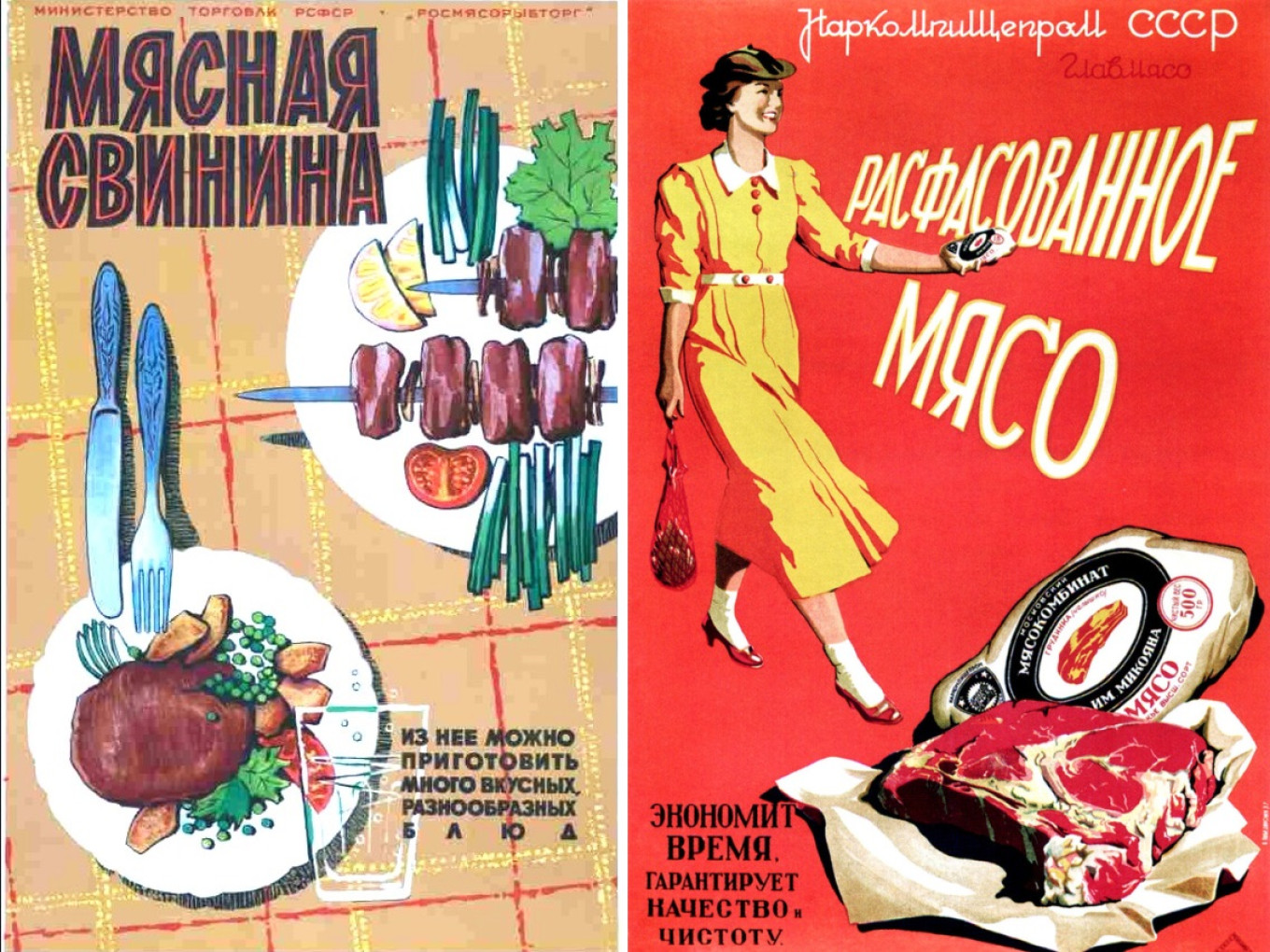
Cube steaks — slices of meat that are pounded before cooking — were relatively edible thanks to those metal hammers. They could be well prepared at home, too, when the meat was purchased at the farmer’s market from a butcher the buyer knew. This was probably the only way to cook an unadulterated cut of meat at home. Otherwise the main dishes both at home and in public catering were small slices of meat with various sauces, all just called "gravy."
In canteens and restaurants it was much more convenient to serve sliced meat in sauces: the small pieces of meat cooked faster and were easier to chew. And under the sauce diners couldn’t see the quality of the meat that was being served.
The most popular meat dish was goulash, hand’s down. Simple, uncomplicated, not requiring a high-quality, expensive piece of sirloin. Even today you don’t need to change the recipe.
Goulash was respected by all of Soviet society, from bottom to top. In the work-place canteen, goulash sold out before other dishes. To explain the advantages of socialism in Hungary, Nikita Khrushchev told them: "You’ll be able to eat goulash every day." The experiments of the Hungarian leadership to introduce elements of the market economy came to be called "goulash communism" by adherents of Marxism. At that time, in the late 1960s, the country took the first place in Europe in per capita production of wheat and meat. Unlike most of the countries of the socialist camp, the consumer market in Hungary experienced almost no shortages. So in fact the phrase "goulash communism" originated in Hungary because Hungarians could afford their national meat dish almost daily.
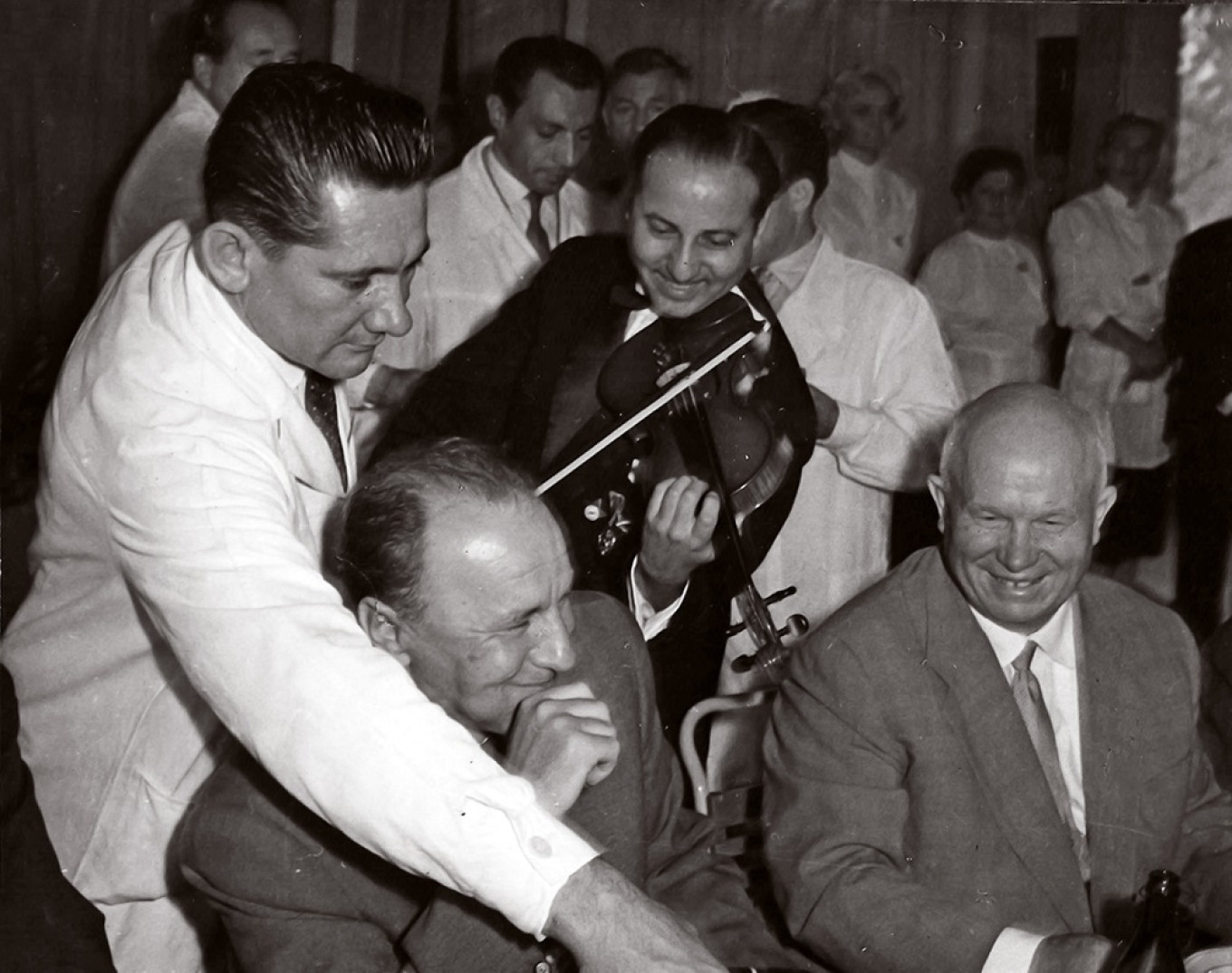
Understandably, this experiment was feared in the USSR, where there was a serious food shortage. In order to be able to put food on the table every day, people bought food when it was available, canned and pickled it so that it would last longer. People were not sophisticated in their food preferences, and they certainly weren’t spoiled by luxury. So a host was considered hospitable not by the culinary quality of dishes, but by the abundance of food on the table.
There were no cuts of meat suitable for frying in the stores or on the shelves, so no one tried to serve sirloin or rump steaks. Lamb and veal were not available in the Soviet Union. There was no beef that could be served “au naturel,” since only beef tenderloin could be grilled, and it was expensive and hard to find in stores. Large cities had shops called "Hunter" and "Game" where game meat and sometimes wild fowl were sold. The wild fowl was expensive and quickly sold out, but sometimes if you were lucky, you could buy it.
As a result, meat suitable for stewing was in demand, and azu and goulash were the most common dishes in the home diet. Hungarian pörkölt became so much a part of the menu in the Soviet Union that a recipe for it was even included in the book "Russian Cookery" published in 1962.
Of course, today when we have access to all the traditional spices, we can make a more authentic and interesting goulash — not to mention more colorful.
Goulash
Goulash can be made from beef, but also from pork, chicken and even fish.
Ingredients
- 500 g (1.1 lb) beef (shank, round or loin)
- 70 g (2.5 oz) pork fat (lard or scraps)
- 100 ml (scant ½ c) meat broth (or water)
- 2 small onions
- 1 tomato or 1/2 Tbsp tomato paste
- 80 g (scant 3 oz or ¼ c) sour cream
- 2 tsp flour
- 1 tsp paprika
- 1 garlic clove
- cumin, marjoram, one small hot red pepper, salt to taste.
Instructions
- Cut the meat into small pieces.
- In a heavy-bottomed pot, fry the meat in heated fat until golden brown.
- Pour broth (or water) into the pot with the meat. Stew over low heat for 90 minutes.
- Peel the tomato and cut into cubes.
- In a frying pan, heat the fat, sauté diced onion until golden, add paprika, stir. Add the flour and sauté together. Add chopped tomato or tomato paste, stir and cook for 3-4 minutes. Remove from heat.
- Half an hour before the meat is ready, stir in the sauteed onion and tomato mixture and sour cream. Add cumin, marjoram, chopped hot red pepper (to taste), salt.
- When the meat is fully cooked, add minced garlic, leave on the stove for 1-2 minutes and remove from heat.
Goulash can be served with boiled potatoes, pasta or rice.
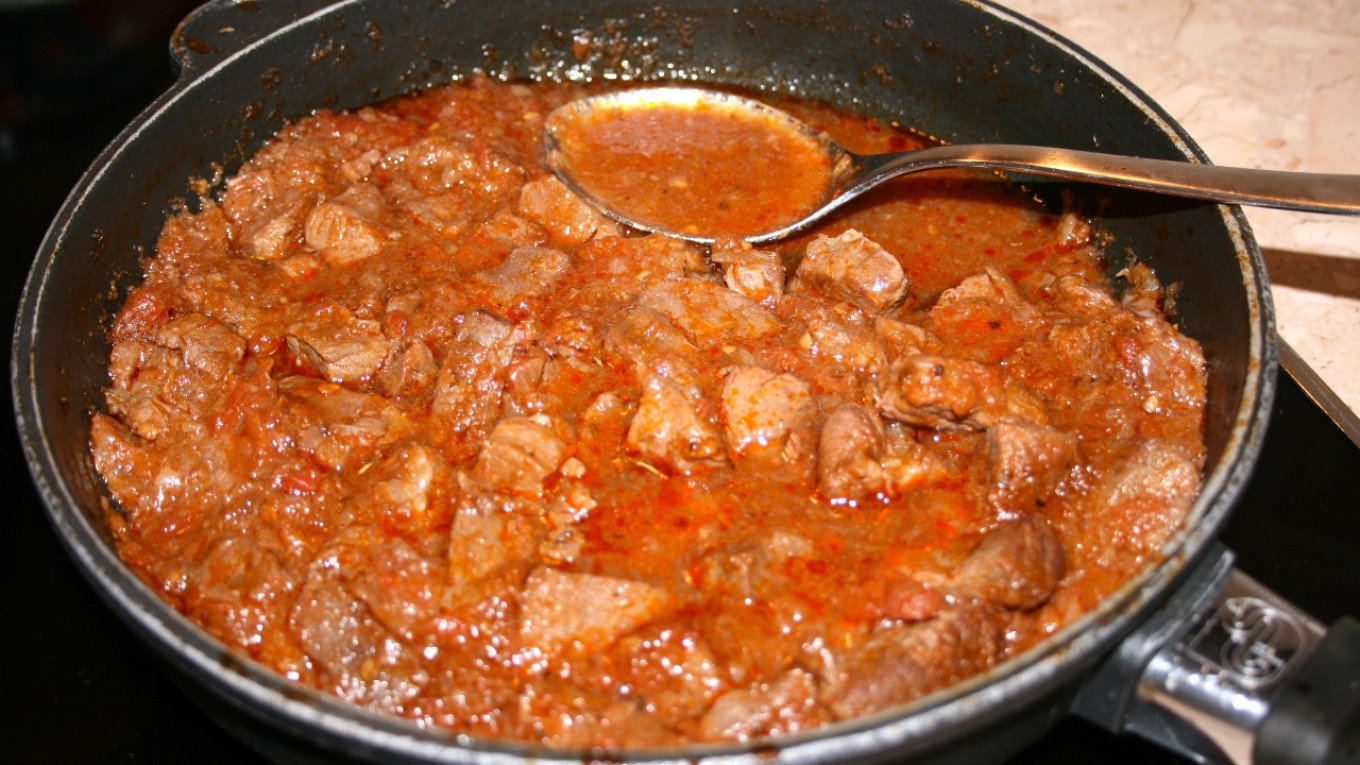
A Message from The Moscow Times:
Dear readers,
We are facing unprecedented challenges. Russia's Prosecutor General's Office has designated The Moscow Times as an "undesirable" organization, criminalizing our work and putting our staff at risk of prosecution. This follows our earlier unjust labeling as a "foreign agent."
These actions are direct attempts to silence independent journalism in Russia. The authorities claim our work "discredits the decisions of the Russian leadership." We see things differently: we strive to provide accurate, unbiased reporting on Russia.
We, the journalists of The Moscow Times, refuse to be silenced. But to continue our work, we need your help.
Your support, no matter how small, makes a world of difference. If you can, please support us monthly starting from just $2. It's quick to set up, and every contribution makes a significant impact.
By supporting The Moscow Times, you're defending open, independent journalism in the face of repression. Thank you for standing with us.
Remind me later.



